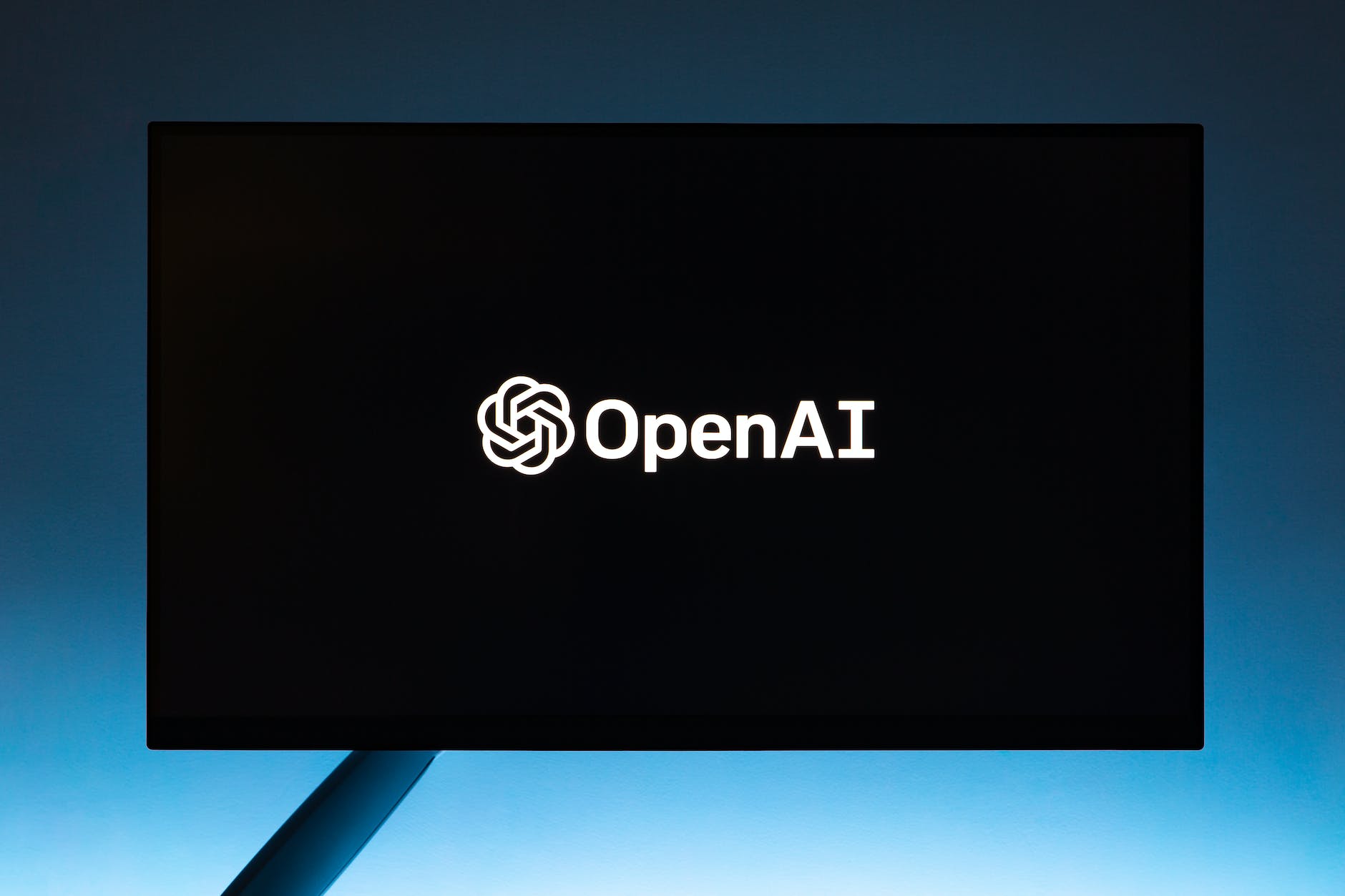
In the fast-paced world of today, planning meals for the week can be a daunting task. However, with the advent of Artificial Intelligence (AI), this task can be made simpler and more enjoyable. One such AI model, ChatGPT by OpenAI, can serve as your personal weekly meal planner, providing you with personalized meal plans based on your dietary preferences and needs. This comprehensive guide will walk you through the process of using ChatGPT as your weekly meal planner, making your meal planning a breeze. So, let’s dive in! 🏊♀️🍲
Eatlo Invite:
If you’re interested in more tips, recipes, and advice on healthy eating, join our Eatlo community on Facebook! We’re a group of food lovers dedicated to sharing our passion for delicious, nutritious food. Click here to join us. We can’t wait to see you there! 🍽️🥦🥗
Step 1: Training ChatGPT as Your Weekly Meal Planner 🏋️♀️:
The first step in using ChatGPT as your weekly meal planner is to provide it with your specific dietary preferences and needs. This is akin to having a conversation with a personal dietitian, where you discuss your dietary habits, preferences, and goals. For example, you might say:
- “I’m a vegetarian, and I’m trying to increase my protein intake.”
- “I’m allergic to nuts.”
- “I love spicy food.”
- “I’m not a fan of broccoli.”
This information allows ChatGPT to generate responses that are tailored to your specific dietary needs and restrictions. You can also include information about your favorite foods, any foods you dislike, and any specific dietary goals you have.
Also Read: How to Use ChatGPT as a Therapist?
Step 2: Request a Weekly Meal Plan 📅:
Once ChatGPT understands your dietary preferences and needs, you can ask it for a weekly meal plan. For example, you might ask, “Can you suggest a vegetarian meal plan for the week with high-protein options?” ChatGPT can then generate a meal plan that includes breakfast, lunch, dinner, and snack options for each day of the week, all tailored to your specific dietary needs. This can help you save time and ensure that you’re eating a balanced diet. The meal plan can also be adjusted based on your schedule. For example, if you have a busy day ahead, you can ask for quick and easy meal options.
This is where the magic happens! Let’s break down this process into more detailed steps:
2.1 Specify Your Dietary Preferences and Goals 🥦:
Start by asking ChatGPT for a meal plan that aligns with your dietary preferences and goals. For example, you might say, “Can you suggest a vegetarian meal plan for the week with high-protein options?” or “I’m trying to lose weight, can you suggest a low-carb meal plan for the week?” The more specific you are, the better ChatGPT can tailor the meal plan to your needs.
2.2 Review the Proposed Meal Plan 📝:
ChatGPT will then generate a meal plan that includes breakfast, lunch, dinner, and snack options for each day of the week. This meal plan will be tailored to your specific dietary needs, taking into account the preferences and goals you’ve shared. Take some time to review this plan, and don’t hesitate to ask for changes or adjustments if needed.
2.3 Adjust Based on Your Schedule ⏰:
We all have busy days when spending a lot of time in the kitchen just isn’t feasible. ChatGPT understands this and can adjust your meal plan based on your schedule. For example, if you have a busy day ahead, you can ask for quick and easy meal options. You might say, “I have a busy day on Wednesday, can you suggest quick and easy meals for that day?” ChatGPT can then adjust your meal plan to include meals that are quick to prepare or can be made in advance.
2.4 Consider Meal Prep 🍱:
If you’re a fan of meal prepping, ChatGPT can help with that too! You can ask it to suggest meals that are suitable for meal prep or can be made in large batches. For example, you might say, “Can you suggest meals that I can prep on Sunday for the week?” ChatGPT can then suggest meals that are easy to make in large quantities and store well in the fridge or freezer.
2.5 Enjoy a Balanced Diet 🍽️:
With a personalized meal plan from ChatGPT, you can enjoy a balanced diet that aligns with your dietary needs and goals. This can help you save time, reduce stress around meal planning, and ensure that you’re nourishing your body with a variety of foods. Plus, with a plan in place, you’re less likely to resort to unhealthy last-minute meal choices.
Remember, this is a collaborative process, and ChatGPT is here to assist you. Feel free to ask questions, request changes, and provide feedback to get the most out of your weekly meal plan.
Do you like to work on your Mental Health as well? Here is how You can Use ChatGPT as a Therapist.
Step 3: Explore New Foods and Recipes 🌍:
One of the great things about using ChatGPT as a weekly meal planner is that it can help you explore new foods and recipes. If you’re feeling adventurous, you could ask:
- “What’s a unique vegetarian dish from Italian cuisine?”
- “Can you suggest a new high-protein food I can try?”
ChatGPT can introduce you to new foods and cuisines, helping you expand your culinary horizons and add variety to your weekly meal plans. This can be particularly useful if you’re looking to break out of your usual meal routine and try something new.
Step 4: Get Detailed Recipes 📝:
ChatGPT can also provide detailed recipes for the meals in your weekly plan. For instance, if you ask:
- “How do I make a tofu scramble?”
- “Can you give me a recipe for a vegetarian lasagna?”
- “How do I make a high-protein smoothie?”
ChatGPT can provide step-by-step recipes, including the ingredients you’ll need and the cooking instructions. This can make the cooking process easier and more enjoyable. It’s like having a personal chef guiding you through the cooking process.
Step 5: Get Nutritional Information 📊:
ChatGPT can provide nutritional information about the meals in your weekly plan. For example, if you’re curious about:
- The protein content in tofu
- The number of calories in an avocado
- The fiber content in a bowl of quinoa
You can ask ChatGPT, and it will provide the information based on its training data. This can help you ensure that your weekly meal plan meets your nutritional needs. It’s like having a personal nutritionist at your fingertips.
Step 6: Continuous Learning and Adaptation 🔄:
As you continue to use ChatGPT as your weekly meal planner, it can learn and adapt to your changing dietary needs and preferences. For example, if you decide to start incorporating vegan meals into your diet, you can inform ChatGPT, and it will adjust its meal suggestions accordingly. This makes ChatGPT a flexible and adaptable tool for weekly meal planning. It’s like having a personal dietitian who evolves with your dietary journey.
Step 7: Special Cases 🎯:
ChatGPT can also handle special cases. For example, if you’re planning a dinner party and need to cater to multiple dietary restrictions, you can ask ChatGPT for help. You might say, “I’m hosting a dinner party for five people. One is vegan, one is gluten-free, and one is allergic to nuts. Can you suggest a menu?” ChatGPT can then provide a menu that caters to all these dietary restrictions. It’s like having a personal chef who can cater to diverse dietary needs.
Conclusion:
While AI models like ChatGPT can be a valuable tool for weekly meal planning, they should not replace professional nutritional advice. Always consult with a healthcare professional for personalized dietary advice. Remember, your health is your wealth, and while AI can be a helpful tool, it’s your responsibility to make informed decisions about your health. Bon appétit! 🍽️🥦🥗
Eatlo Invite:
If you’re interested in more tips, recipes, and advice on healthy eating, join our Eatlo community on Facebook! We’re a group of food lovers dedicated to sharing our passion for delicious, nutritious food. Click here to join us. We can’t wait to see you there! 🍽️🥦🥗









